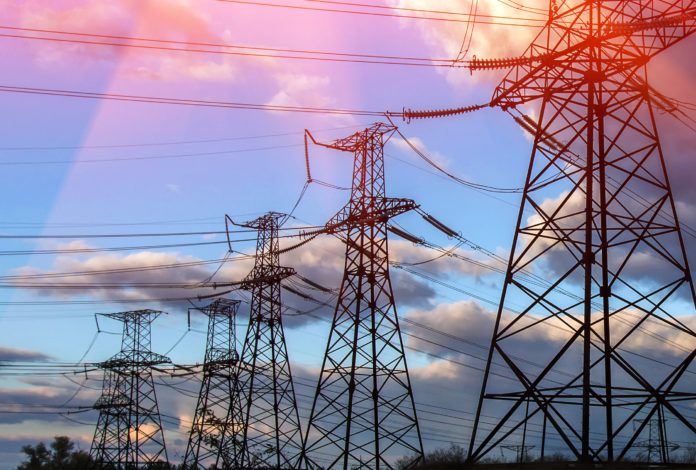New Delhi (NVI): India’s energy demand grew by 4 per cent in 2018, outpacing the global demand of 2.3 percent, and is expected to surpass China as the world’s largest energy growth market by 2020, according to International Energy Agency.
Meanwhile official sources in India say New Delhi continues to progress impressively towards achieving its target of adding 175 GW of renewable energy capacity by 2022, to include 100 GW of solar power, 60 GW of wind power, 10 GW of biomass, and 5 GW of small hydropower. The national electric grid in India has an installed capacity of 362.12 GW as of 30 September 2019.
Additionally, India’s Railway Ministry has also decided to electrify its entire broad-gauge network. And hence India recently made a 2027 forecast, which aims to have a renewable energy installed capacity of 275 GW, in addition to 72 GW of hydro-energy, 15 GW of nuclear energy and nearly 100 GW from “other zero emission” sources. This will require $50 billion more in investments, according to data available on the websites of Power Ministry and Indian Railways.
India continues to display a steady growth in the demand for electricity. In anticipation of rising demand, the Government of India has announced several energy initiatives aimed at building power generation capacity, promoting energy efficiency, and increasing clean energy sources in the overall power mix. The primary energy consumption in India grew by 7.9% in 2018 and is the third biggest after China and USA with 5.8% global share.
Currently, India has an installed power generation capacity of 356 gigawatts (GW), making it the fifth largest producer in the world. Coal continues to dominate the energy mix, but its share is declining as renewable energy sources increase their percentage share, according to information available on the website of India’s power ministry.
Once a government-led sector, India’s power generation is seeing increased participation from the private sector which made a 45 percent contribution in 2018.
The energy policy of India is largely defined by the country’s expanding energy deficit and increased focus on developing alternative sources of energy, particularly nuclear, solar and wind energy. India ranks 81 position in overall energy self-sufficiency at 66% in 2014.
-nad











